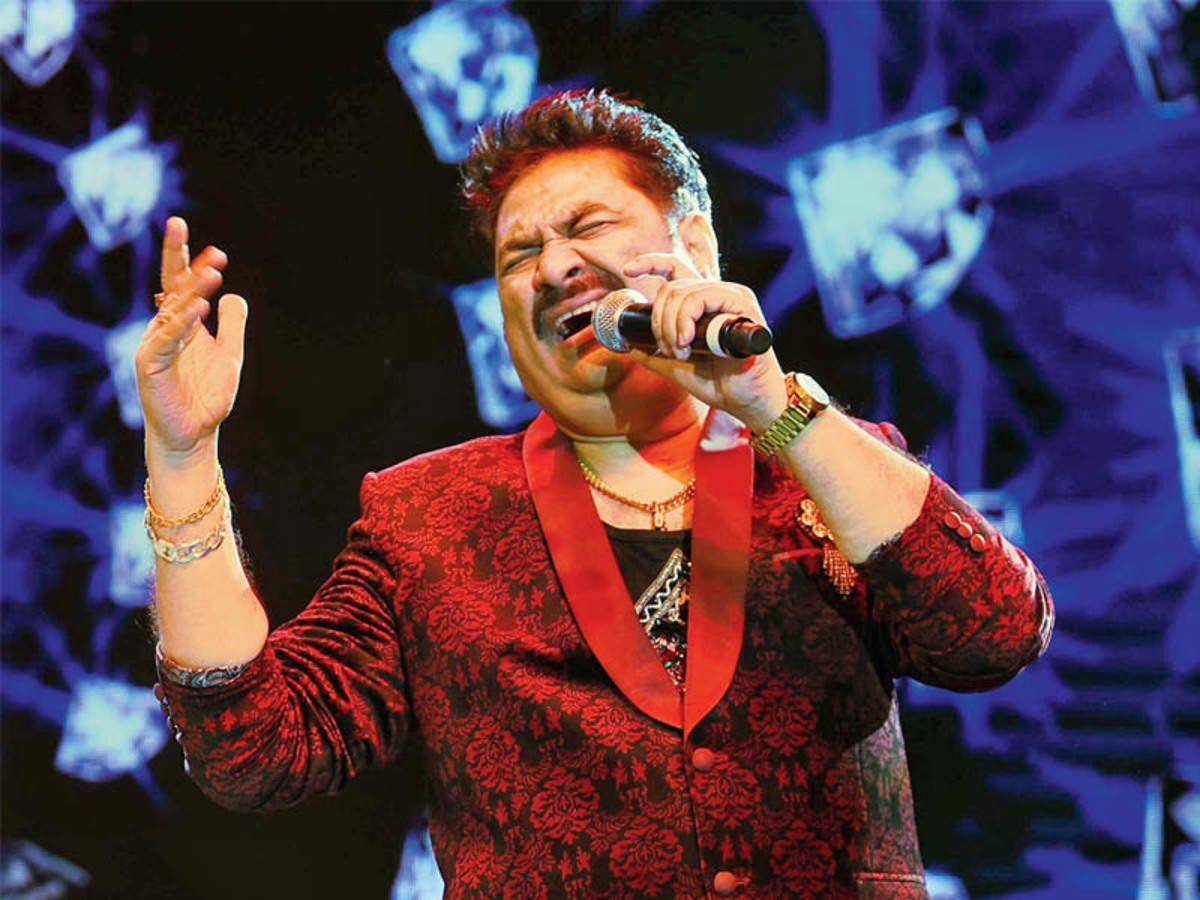
In the history of Indian cinema, few voices have left as profound an impact as Kumar Sanu’s. With his mellifluous tone, impeccable control, and emotional depth, Sanu became the voice of romance for an entire generation. His songs from the 1990s, especially, defined Bollywood’s golden era of music, earning him legions of fans and a lasting legacy. Born Kedarnath Bhattacharya, Kumar Sanu rise from a musically inclined family in Kolkata to becoming the reigning playback king of Bollywood is a story of immense talent, relentless hard work, and impeccable timing. Even decades later, his songs continue to evoke nostalgia and remain beloved by audiences of all ages.
The Early Years and Musical Foundations
Kumar Sanu’s musical journey began under the tutelage of his father, Pashupati Bhattacharya, a noted vocalist and composer of classical Indian music. Sanu was exposed to music at an early age, learning classical music and mastering the tabla. Despite his strong classical roots, Sanu’s heart gravitated toward contemporary film music, a decision that would eventually set him on the path to stardom.
After completing his studies at Calcutta University, where he earned a degree in commerce, Sanu began to perform in local concerts and small shows. He was deeply influenced by legendary playback singers like Kishore Kumar, whose singing style inspired Sanu to develop his own distinct voice and technique. His early career was marked by struggles as he sought opportunities in an industry dominated by established icons.
Breakthrough with Aashiqui
The turning point in Kumar Sanu’s career came in 1990 with the release of Aashiqui, a musical blockbuster directed by Mahesh Bhatt and featuring music by Nadeem-Shravan. The album’s success was unprecedented, and it became a cultural phenomenon. Songs like “Dheere Dheere Se,” “Nazar Ke Saamne,” and “Jaane Jigar” became instant hits, with Sanu’s soulful voice striking a deep chord with listeners. Aashiqui not only solidified Sanu’s position as a playback superstar but also set a new benchmark for romantic music in Bollywood.
The success of Aashiqui was followed by a string of hits across multiple films, including Dil Hai Ke Manta Nahin (1991), Deewana (1992), and Baazigar (1993). Sanu’s ability to convey nuanced emotions through his singing made him the go-to singer for romantic tracks, especially during the 1990s.
Collaborations with Legendary Composers
Kumar Sanu’s career is defined by his fruitful collaborations with some of Bollywood’s most iconic music directors. The Nadeem-Shravan duo was instrumental in shaping his early career, but his partnerships extended to other maestros like Jatin-Lalit, Anu Malik, and Himesh Reshammiya. Together, they produced timeless melodies that continue to be loved to this day.
From the soulful “Tujhe Dekha To” in Dilwale Dulhania Le Jayenge (Jatin-Lalit) to the peppy “Yeh Kaali Kaali Aankhen” in Baazigar (Anu Malik), Sanu’s versatility allowed him to excel in a wide range of genres. Whether it was a heart-wrenching ballad or a high-energy dance number, his voice brought a unique texture that enhanced the cinematic experience.
Accolades and Achievements
Kumar Sanu’s illustrious career has been adorned with numerous accolades. Between 1991 and 1995, he won the Filmfare Award for Best Male Playback Singer for five consecutive years — an unparalleled achievement in Bollywood history. Some of the award-winning songs include “Ab Tere Bin” (Aashiqui), “Mera Dil Bhi Kitna Pagal Hai” (Saajan), and “Ek Ladki Ko Dekha” (1942: A Love Story).
In 2009, Sanu was honored with the Padma Shri, one of India’s highest civilian awards, in recognition of his contributions to the arts. Beyond the awards, the sheer volume of his work — over 25,000 recorded songs in multiple languages — is a testament to his dedication and talent.
Sanu’s Influence on Modern Music
Even as new singers and musical styles emerged, Kumar Sanu’s influence remained undeniable. His songs are often reimagined in contemporary films, ensuring that his legacy endures with younger audiences. Tracks like “Dheere Dheere Se” have been remixed and reintroduced in Bollywood, with Sanu’s voice serving as the gold standard for romantic playback singing.
Aspiring playback singers continue to study his techniques, particularly his flawless pronunciation, emotive expression, and ability to maintain pitch perfection. His work serves as a masterclass in blending technical expertise with emotional depth.
Legacy and Timeless Appeal
What makes Kumar Sanu’s music timeless is its universality. His songs don’t just belong to the 1990s; they transcend eras, evoking feelings of love, heartbreak, and joy that resonate with every generation. Whether it’s a grandparent reminiscing about the past or a teenager discovering his tracks for the first time, Sanu’s melodies remain relevant.
Beyond music, Kumar Sanu has also been involved in philanthropic work and other artistic ventures, further cementing his reputation as a multifaceted personality. His journey from Kolkata to the global stage is a source of inspiration, showing that with talent and perseverance, it’s possible to achieve greatness.
Conclusion
Kumar Sanu legacy as the evergreen voice of Bollywood is one that will continue to inspire and delight for generations to come. His unmatched contribution to the golden era of Bollywood music has left an indelible mark on the industry and in the hearts of millions of fans. Sanu’s ability to adapt to changing trends while maintaining his signature style ensures his relevance even today.
To experience the magic of Kumar Sanu’s voice, revisit his classic songs on streaming platforms like Spotify or YouTube. For a detailed list of his top tracks, check out this curated blog. Celebrate the legend by sharing your favorite Kumar Sanu song in the comments or dedicating it to someone special!







